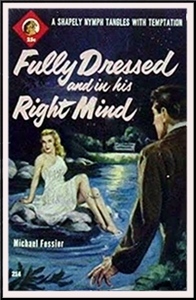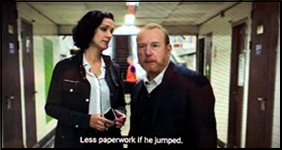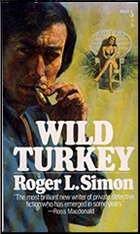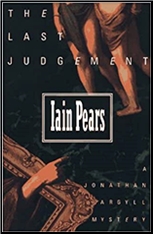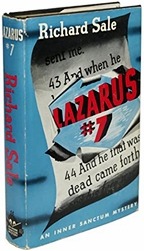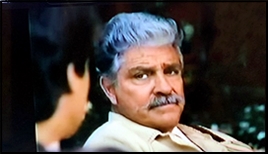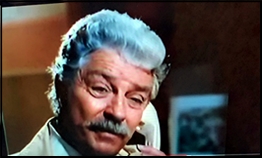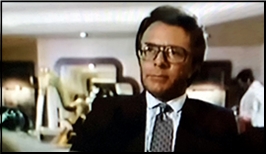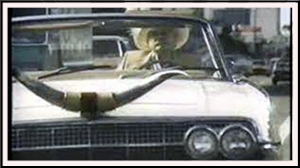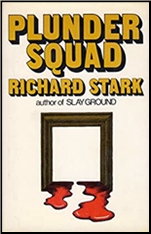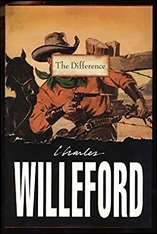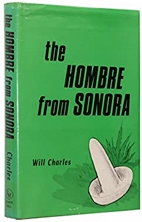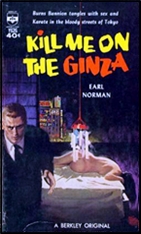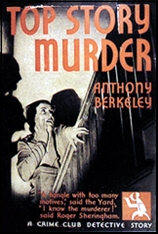Fri 3 Feb 2023
Reviewed by Tony Baer: MICHAEL FESSIER – Fully Dressed and in His Right Mind.
Posted by Steve under Reviews[8] Comments
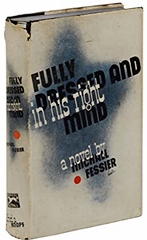
MICHAEL FESSIER – Fully Dressed and in His Right Mind. Knopf, hardcover, 1935. Lion 214, paperback, 1954 [?]. Stark House Press: Staccato Crime #5, softcover, 2022.
Johnny Price, a 30-ish bachelor of independent means, lives in San Francisco. He’s just minding his own business, out for a stroll, when a well-known publisher of a city paper is shot to death down the street. As he scurries away with the crowd, an ordinary looking little old man with startlingly satanic green eyes casually says to him: I’m the one that murdered him.
Price assumes the old man, who aside from his dangerous eyes, does not appear to be capable of harming a mosquito, or even downing a mojito, is just batty. And walks on.
The old man continues to make unwelcome appearances. At the bar, at the apartment. He just wanders in, uninvited. Drinks a bit of sherry, and leaves. Leaving discomfiture in his wake. And then dread.
Meanwhile, Price has taken to midnight meanders by the Golden Gate park, where he encounters a beautiful naked maiden who swims there each evening. He falls in love with the sea nymph, and she him, but she is unwilling to leave her park and live with him.
Then Price’s acquaintances begin to die. And the old man claims to be a witness to Price murdering one of them. And Price is imprisoned.
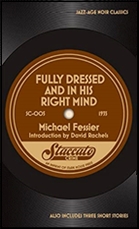
The book is an oddity, and a bit uncomfortable. You’re not sure who or what to believe of the goings on. It’s a bit reminiscent of the malaise I felt reading The Deadly Percheron and The Red Right Hand. Though where those two attempted to explain away all the oddness by the end, this author feels no such compunction. So you close the book with the weirdness unresolved. It continues to irk, unlike its ilk.
——
Incidentally, when I read that the same author’s other ‘famous’ novel was called Clovis (Dial Press, 1948), about a bird that could not only talk but think, becoming the leader of a cult, I had to read that too. Nothing particularly criminous about Clovis. But also strange with its strangeness unresolved. A bit more on the comic side though.
In one funny part he’s giving a lecture on evolution when a middle-aged matronly bumpkin exclaims: “You saying my grandma was a monkey!! I’ll get you!!!!” To which Clovis responds: “In your case, I’ll agree. You did not evolve from monkeys. However, if you and your offspring make very careful and deliberate breeding choices for many generations, it is possible that your lineage may evolve into monkeys.”
Like JG Ballard (though not at all like JG Ballard), Fessier only mildly tinkers with reality. He doesn’t throw it completely out of whack. Which causes you to experience a level of verisimilitude in the strangeness. It’s not so weird as to be deniable as simply fantasy. Rather it reads like it’s true. And it’s believable enough to create an absurdity that you cannot quite dismiss — howevermuch you might like to.
